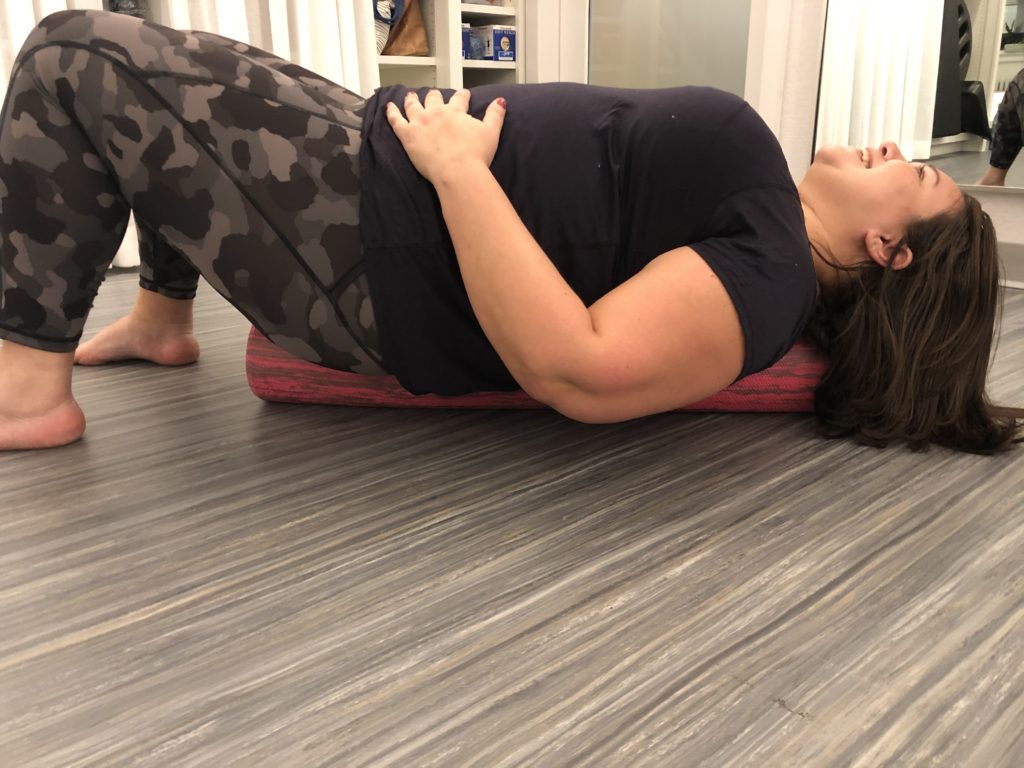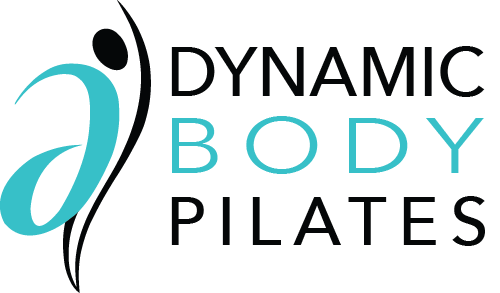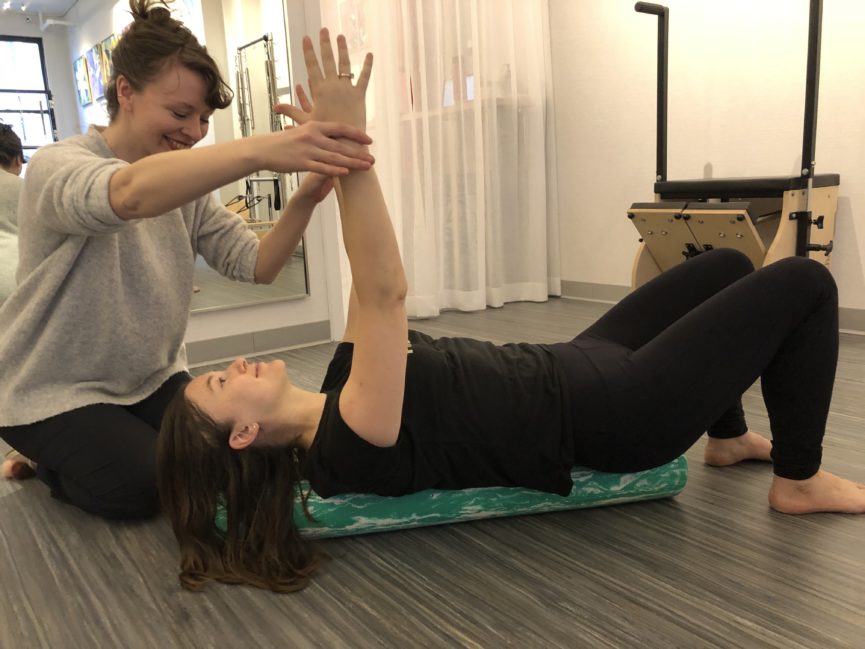Well+Good recently stopped by for a Dynamic Body Assessment Session to ask me about posture and restorative exercise. I’m telling you, busy stressed-out overworked New Yorker, I have the one exercise that will change your life… and don’t hate me for this, but it involves doing almost nothing. You just need a full-length (36 x 6 inch) foam roller.
Rachel walked into the studio in her leggings and tank top, water bottle in tow. She’s a pretty diligent exerciser, consistently in HIIT classes or out for a run, but she tells me she’s not getting enough restorative movement in.
It’s really telling about our values around health and wellness that the “harder” stuff so often gets prioritized. But hard or restorative, it’s all part of the larger picture of self-care, and your body needs both. As go-go-go New Yorkers, many of us need more restorative in our lives to reach our goals whether weight loss, less stress, or better productivity. Instead of giving our hyper-charged nervous systems a chance to calm down we think, “I have to burn-sweat-work more,” when what would benefit us the most is to make sure we’re working smarter.
A runner and a New Yorker, Rachel spends a fair amount of time out on the concrete and treadmill, so having a conversation with her calves was a must. They are the area least likely to tell you they are tight, but a major contributor to low back and neck tension – something she did not need more of.
…her face scrunched up as she felt all the tension she hadn’t even noticed before…
We had her on her shins with a half foam roller (flat side toward the hamstring and round side towards the calf) and breathe. Slowly shifting her weight side to side like she was mushing her calf muscle over the bone, her face scrunched up as she felt all the tension she hadn’t even noticed before. I cued her to tune into breathing to release the tension and notice how instead of releasing the tension her tendency was to transfer it into her neck and back.
We moved through the other Pilates equipment, including the reformer, to execute a series of specific stretching, strengthening, coordination, and postural awareness exercises. Rachel was surprised by these seemingly simple exercises – once we got her body properly aligned, performing them turned out to be quite challenging. Who knew restorative work could also be a work out? I knew what she needed next before she left the studio.
This is the one exercise that will change your life and it takes absolutely no (read ZERO) effort to do. Are you ready?
Lie down on your back with your foam roller reaching from your head to your tail along the length of your spine. Done. That is all you have to do. REALLY.

Here’s why. The act of lying down on your foam roller is going to be a big shift for your spine and body at the end of your day of standing up, sitting at your desk, hovering over your devices, and fighting gravity. It’s super relaxing. However, because it is a little bit unstable, you can’t completely check out! You can almost check out, but your body knows that the one task it has is not to fall off…and that’s easy.
On your foam roller, your deep spine stabilizers are active, and gravity is finally the friend of all those back muscles you’ve been overworking to stay upright all day long. Your chest can’t help but open up a bit and your breath slowly starts to become fuller and deeper. It is natural to find yourself wanting to move your body around (shifting side to side, or moving your arms and legs) so it’s also a bit of a sneak up on getting yourself to do more.
When you get up, you might feel a little lighter, like you were floating on a cloud. Congratulations, you just successfully decompressed your spine, calmed your mind and body, and all you had to do was lie there. A-MAZING.
Want more?
Try out the following list of additional restorative exercises I offered to Well+Good for their article by Rachel Lapidos, HOW TO DECOMPRESS YOUR SPINE USING A FOAM ROLLER, ACCORDING TO A PILATES PRO
1. Breathing: It sounds too good to be true, but “you can benefit from just lying down on a foam roller and breathing,” says Lubart. Make sure the roller is underneath your butt and your head with your knees bent, feet on the floor. “Gravity will help the roller disarm your overworked back muscles all up and down the spine.” To deepen your breathing, Lubart recommends directing the air into your belly, like you would in a yoga class.
2. Cactus stretch: Goal post your arms to open up your chest. “Reach your arms out to the sides, keeping your elbows bent at a 90-degree angle,” says Lubart. “Your goal is to get your fingernails to touch the floor. Breathe in and on the exhale try to release the breastbone and front ribs down toward each other.” Hold each goal post for three full breath cycles. Deepen it by raising your arms from goal post position to straight up, or in a “Y” shape. “Try to keep touching the floor as you slide your arms long, then slide back into goal post.”
3. Knee folds: “Fire up a little more of your musculature for even better relief of those achey spots,” says Lubart, who recommends using your core to lift one leg into table top (knee above the hip), then release and shift to the other leg while maintaining balance. “Make it your goal to not shift off-center on the roller as you lift each leg,” she says. “Keep everything but your breath and moving leg totally still.”
4. Arm circles: “Bring your arms around you like you’re giving yourself a hug, then take them over your head like you’re taking off a sweatshirt,” says Lubart. Then circle your arms like a snow angel down besides your hips. Cross your arms over your body again and repeat about five times before reversing the circle. “Let your upper back fall into the roller,” she says.
To read the full article click here
Want more restorative exercises? Check out our Top 3 Heart-Openers

